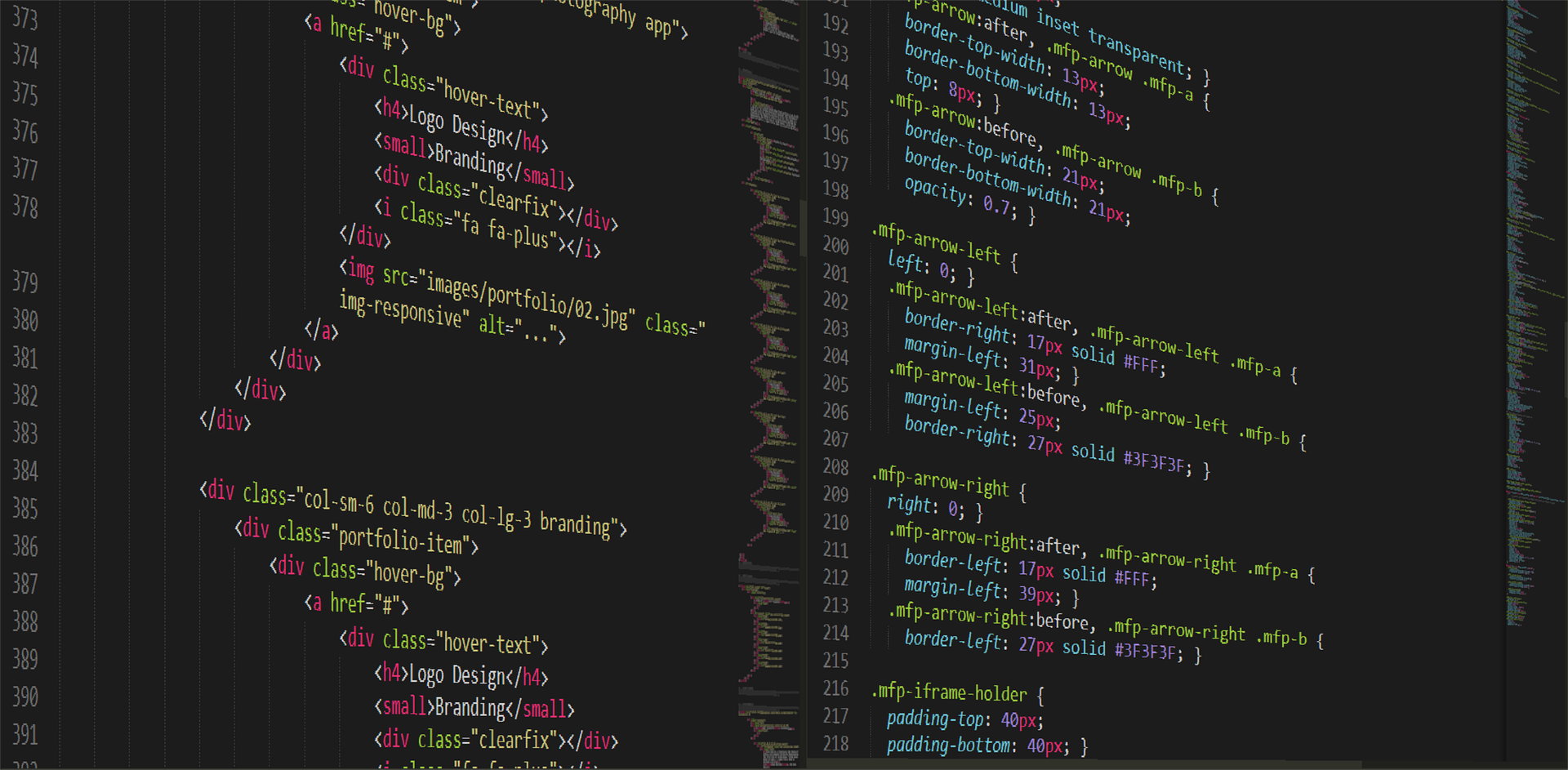Launching a SaaS MVP into the market is an exciting endeavor, filled with both potential and challenges. While the overarching vision may be crystal clear, the initial steps towards market penetration often start with crafting a concise, functional representation of the product concept: the Minimum Viable Product (MVP).
In the realm of SaaS, an MVP is more than just a basic prototype. It serves as a critical gauge for the product's feasibility and the likelihood of its success. It's beyond creating a 'version one'; it's about intelligently sculpting that foundational version that embodies the essence of the business proposition.
Understanding MVP in the SaaS Ecosystem
An MVP, or Minimum Viable Product, represents the most basic version of a product that allows it to be launched. In the context of SaaS, it's the foundational build of a software solution with just the essential features to make it functional and usable.
The primary goal of an MVP is to release a product quickly, based on identified core needs, to the market. This approach not only minimizes development time and resources but also offers a platform for early users to provide feedback.
Why is a SaaS MVP crucial for Startups?
For SaaS startups, the landscape is often characterized by competition, evolving user needs, and a pressing demand for innovation. Here, MVP becomes the bridge between a startup's vision and the market's reality. Here’s why:
- Risk Reduction
Before diving deep into full-scale development, MVP allows startups to test waters, ensuring that they are on the right track. - Feedback Collection
An MVP facilitates direct feedback from real users, enabling startups to understand what works, what doesn't, and where improvements are needed. - Cost Efficiency
Instead of investing heavily in full-fledged product development, startups can use MVPs to allocate resources more judiciously, focusing on features that truly matter. - Faster Time-to-Market
In a sector where timing can be everything, MVPs enable SaaS startups to reach their audience faster, establishing a foothold before potential competitors. - Investor Attraction
An MVP offers tangible proof of concept, making it easier for startups to attract investments by showcasing real-world application and user interest.
Understanding the core tenets of MVP and its undeniable importance in the SaaS realm helps startups navigate their journey more strategically, ensuring that every step taken aligns with both their vision and the market's needs.
Key Steps in SaaS MVP Development
Embarking on the journey of SaaS MVP development is no small feat. It requires clarity, strategy, and a methodical approach.
Defining Your Core Idea
Before venturing into any development, it’s imperative to have a lucid understanding of your central concept.
- Articulating the primary problem your software intends to solve.
- Identifying the target audience or user segment for your solution.
- Assessing the unique value proposition or what sets your product apart.
Market Research and Validation
Once you've pinpointed your idea, it’s time to validate its relevance in the current market.
- Study potential competitors and discern gaps or niches.
- Engage with potential users through surveys or interviews to gauge demand.
- Use analytical tools to estimate market size and growth potential.
Mapping Out SaaS MVP Features
Crafting the right set of features is the essence of your SaaS MVP. This process involves outlining your Essential vs. Nice-to-have features.
- Essential
Features without which your software cannot function or deliver its basic promise. - Nice-to-have
Additional functionalities that enhance user experience but aren’t crucial for the MVP launch. These can be integrated in subsequent versions based on user feedback and demand.
Designing & Prototyping
A prototype brings your MVP idea to life, albeit in a limited capacity.
- Start with wireframes, offering a visual representation of user interfaces.
- Move to a clickable prototype, providing a tangible feel of user flow and experience.
- Employ user-centric design principles, ensuring the prototype aligns with user expectations and behaviors.
Development & Iteration
With a prototype in hand, it's time for the actual development.
- Choose a tech stack that aligns with your MVP’s needs and potential scalability.
- Adopt an agile development methodology, allowing for flexibility and adaptability.
- Continuously iterate based on learnings from the prototyping phase.
Testing & Feedback
An MVP is only as good as its reception in the real world.
- Conduct rigorous quality assurance tests to iron out bugs and improve functionality.
- Launch the MVP to a limited audience segment for beta testing.
- Gather feedback actively, be it through in-app surveys, interviews, or analytical tools.
- Use this feedback loop to refine and optimize your SaaS MVP for a wider launch.
Navigating these key steps with diligence and attention to detail ensures not only the successful development of your SaaS MVP but also its resonance with the intended audience.
SWOT Analysis: A Strategic Framework for SaaS MVP Development
Before diving into the common pitfalls to avoid in SaaS MVP development, let's emphasize the importance of conducting a SWOT analysis as a foundational step.
- Strengths
Identifying the core strengths of your SaaS MVP can help you understand what unique value it brings to the table. Is it an innovative solution to a common problem? Does it offer a more efficient or cost-effective method than current market offerings? - Weaknesses
Awareness of potential weaknesses, such as the pitfalls mentioned below, allows you to address issues proactively. Perhaps it's the lack of certain features, or maybe the current design could lead to a complicated user journey. - Opportunities
Recognizing opportunities in the market can help in refining and positioning the MVP. Is there a specific audience segment that hasn't been catered to? Are there upcoming industry trends that your SaaS MVP can leverage? - Threats
Understanding threats helps in mitigating risks. Is there intense competition in your MVP's niche? Are there regulatory changes that might affect your product?
By embedding the SWOT analysis into the SaaS MVP development process, startups can gain a comprehensive view of their product's standing in the market, thereby making more informed decisions.
Common Pitfalls to Avoid in SaaS MVP Development
Developing a SaaS MVP is a blend of art and science, where even a well-intentioned approach can sometimes miss the mark. While the roadmap to a successful MVP is paved with challenges, being aware of common pitfalls can help avoid unnecessary detours.
Overloading Features
In the enthusiasm to impress users, many startups make the error of cramming too many features into their MVP. However, the essence of an MVP is minimalism.
- Why it's a problem
Overloading can distract from the core value, make the product more complicated, and lengthen the development time. - How to avoid
Stay focused on the primary problem your MVP aims to solve. Stick to essential features that align directly with your value proposition, ensuring that the product remains both lean and meaningful.
Ignoring User Feedback
User feedback is the compass guiding the development and refinement of an MVP. Disregarding it can steer the product off course.
- Why it's a problem
By ignoring feedback, startups miss out on valuable insights that could shape the MVP’s future iterations, making it more attuned to user needs and market demands. - How to avoid
Create mechanisms to actively solicit, collate, and analyze feedback. Treat every piece of user input as a potential avenue for enhancement.
Skipping Market Validation
While an idea might seem revolutionary, it needs validation to ascertain its viability in the existing market landscape.
- Why it's a problem
Skipping this step can lead to investing time and resources in a product for which there's no genuine demand or which is already saturated in the market. - How to avoid
Prior to MVP development, engage in thorough market research. Understand the competition, identify gaps, and validate the demand for your solution.
Lack of Focus on User Experience
An MVP, while stripped of many advanced features, should never compromise on user experience (UX). A subpar UX can alienate potential users, no matter how innovative the underlying solution.
- Why it's a problem
A clunky or non-intuitive UX can deter users, lead to negative feedback, and overshadow the core value proposition of the MVP. - How to avoid
Prioritize UX design from the outset. Ensure that navigation is intuitive, interfaces are clean, and the user journey is seamless.
While the path to SaaS MVP development is riddled with challenges, being vigilant about these pitfalls and proactively addressing them can set the stage for a product that truly resonates with its audience and stands out in the market.
Tools and Platforms to Aid in SaaS MVP Development
Creating an MVP is a multifaceted process. Thankfully, several tools can help streamline and optimize each stage of development. Here's a quick list tailored for SaaS MVPs:
For Design
- Sketch: A vector-based design tool that's perfect for UI and UX design.
- Figma: A collaborative interface design tool that operates in the cloud, making team-based projects a breeze.
For Development:
- GitHub: A platform for version control and collaboration, allowing teams to work together and maintain a history of code changes.
- Heroku: A cloud platform that lets companies build, deliver, monitor, and scale apps without getting entangled in the underlying infrastructure.
For Testing:
- JIRA: A popular tool for bug tracking, issue tracking, and project management.
- Selenium: An open-source tool for automating web browsers, making testing more efficient.
For Deployment:
- Docker: Empowers developers to define and manage the app environment with containers.
- AWS Elastic Beanstalk: A service from Amazon Web Services that offers cloud deployment for applications.
These tools, when used effectively, can significantly streamline the process of SaaS MVP development, ensuring that the product is not only functional but also scalable and market-ready.
The Road Ahead for Your SaaS MVP
Embarking on the journey of crafting a SaaS MVP is just the start of an exciting, evolving venture. If there's one thing to be gleaned from the tales of successful MVPs, it's that they are not static constructs; they are dynamic entities, continuously refined through real-world learnings.
It's essential to recognize that MVPs are inherently iterative. They are not about achieving perfection from the get-go but about striking a balance: offering enough value to attract and engage users while being lean enough to be developed swiftly and economically.
The real power of an MVP lies in its ability to provide a launchpad for continuous improvement. With every piece of feedback, every new user interaction, and every market shift, there's an opportunity to refine and enhance the product. It's a process of perpetual evolution, always seeking that sweet spot where user needs and business objectives align.
Continuous Improvement and Adaptation
In the ever-changing world of SaaS, rigidity can be a downfall. Staying attuned to user needs, market trends, and technological advancements is not just beneficial—it's crucial. As you navigate the post-launch phase, be proactive in seeking feedback. Be ready to pivot when necessary, and embrace change as an ally, not an adversary.
Your SaaS MVP is the foundation, the stepping stone. With dedication, resilience, and an adaptive mindset, the path ahead holds immense potential.
As you forge ahead, bear in mind the words of Reid Hoffman, co-founder of LinkedIn: "If you are not embarrassed by the first version of your product, you've launched too late." (Source) It's an encouragement to get your MVP out there, to learn, iterate, and keep striving for greatness.




